Day 2 - Toyota Commemorative Museum of Industry and Technology
For our homeschool in Japan, we're going to visit the Toyota Commemorative Museum of Industry and Technology.
We purchased our tickets at the lobby and now we're ready to go.
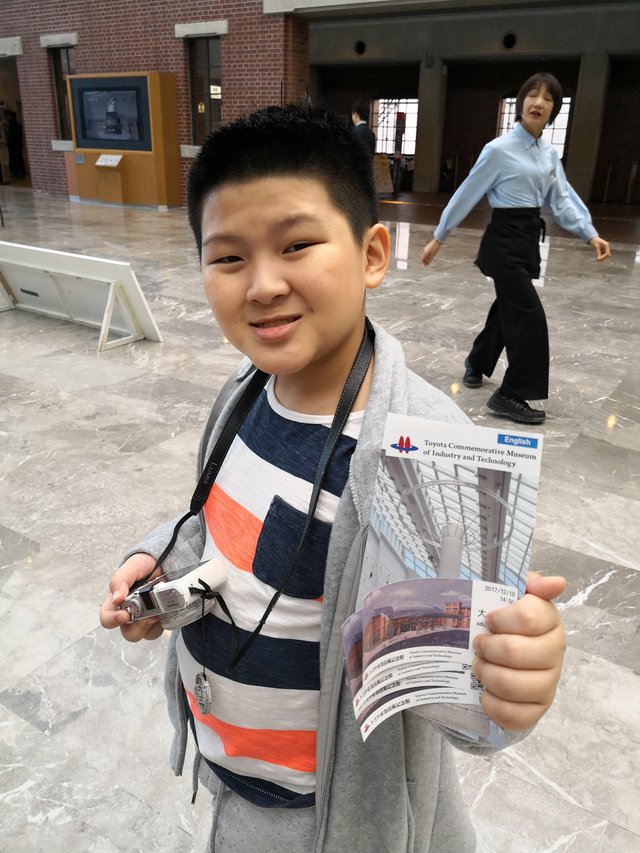
Brycen and Rhys first homeschool activity in Japan.
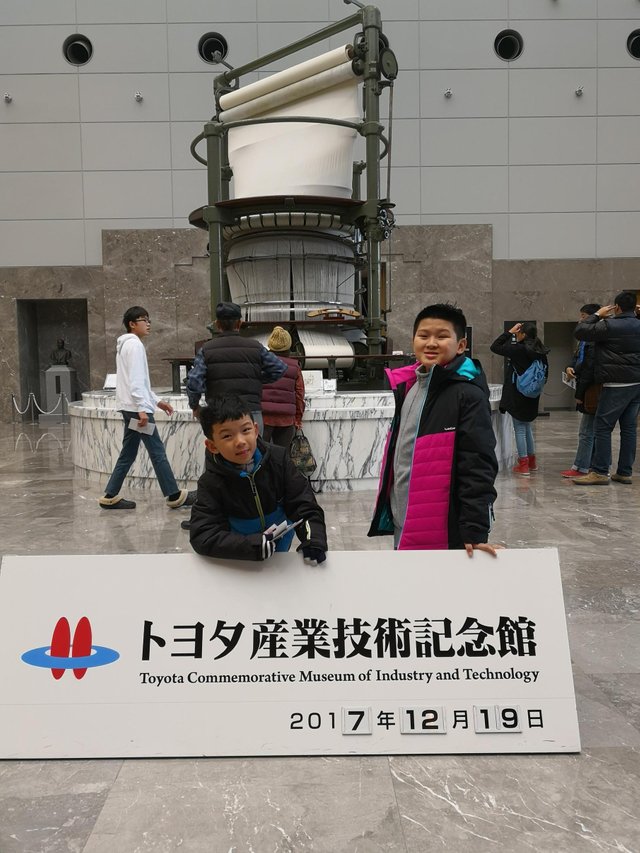
This is the reproduction model of the Headquarters Factory of the Toyota Boshoku Co. Ltd in 1941.
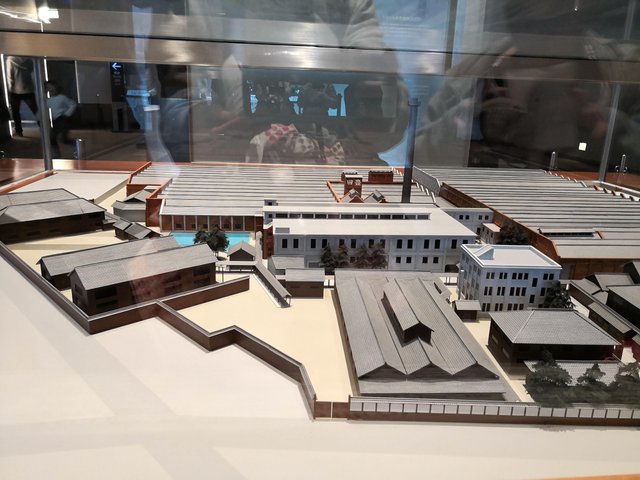
In 1911, the founder of the Toyota Group established Toyoda Jido Shokufu Kojo (Toyoda Automatic Weaving Mill, here in Sako, Nagoya-City, for the research and development of automatic looms. He enlarged this m and reorganized it into Toyoda Boshoku Co., Ltd. (Toyoda Spinning Co., Ltd. in 1918. Sakichi perfected the Non-stop shuttle-change Toyoda Automatic Loom, Type G in 1924 at this factory. The Type G automatic loom came to be regarded as the highest performance automatic loom the time. n1926, he established Toyoda Automatic Loom Works, Ltd. for the mass-production of this loom in Kariya-Town (present Kariya-City. This company became the new nucleus of the growth of the Toyota Group. Sakichi's son, Kiichiro Toyoda research ofautomobiles and materials in Toyoda Automatic Loom Works, launched the automobile in Koromo-Town (present Toyota-Cit The TOYOTA commemorative Museum Industry and Technology was established on June 11 1994, on the 100th anniversary the birth of Kiichiro Toyoda, in order to conserve and open to the public.Sakichi who devoted his life to the invention of looms achieved his work with "the spirit of being studious and creative and Kiichiro poured his passion into "making things" eagerly t is the prime mission of this museum to convey the importance of them to a societywidely
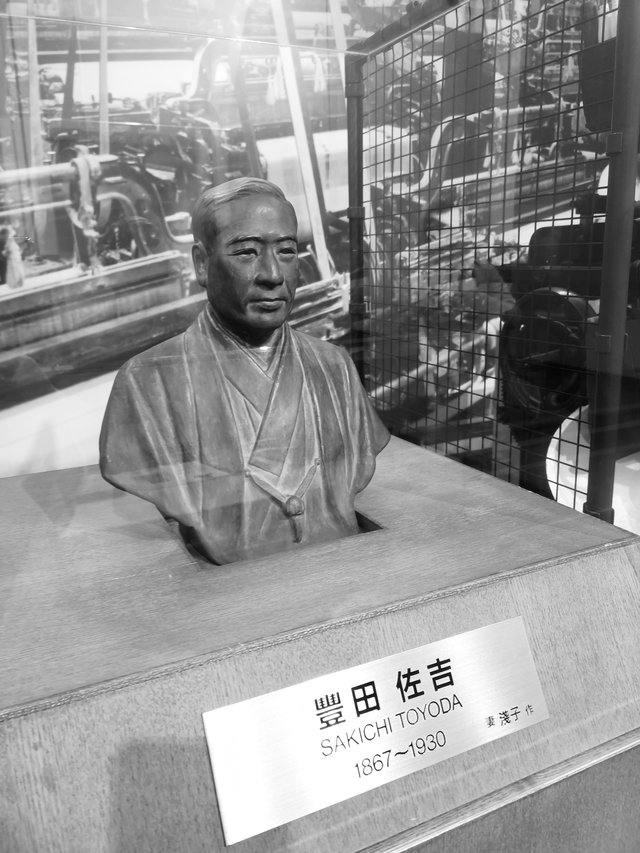
These are the textbooks use in school to introduce the belief and the hard life of Sakichi Toyoda.

These spinning wheels are the ancient invention that helped to turned plant and animal fibers into thread or yarn, which were then woven by a loom into cloth. No one knows for certain who invented the first spinning wheel or when. Some evidence points to the invention of the spinning wheel in India between 500 and 1000 A.D.
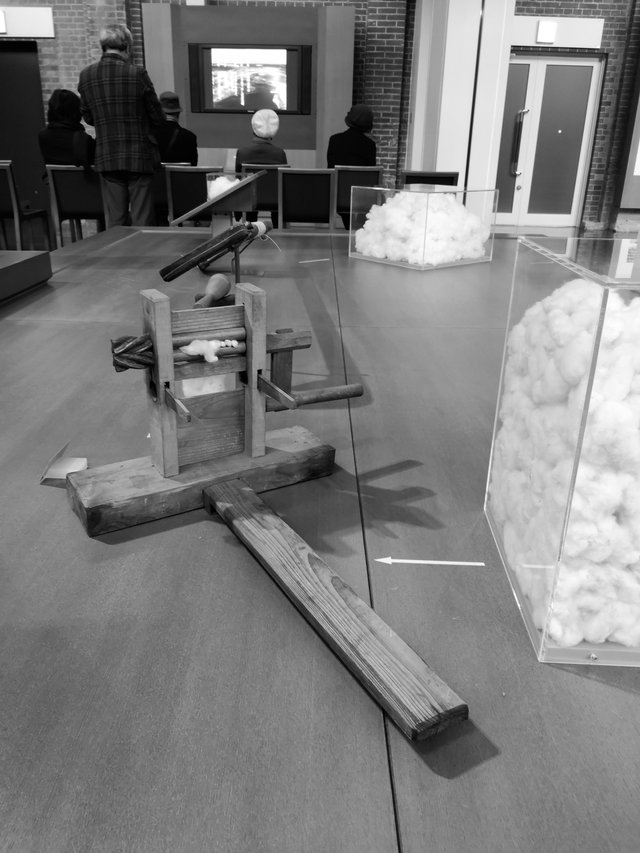
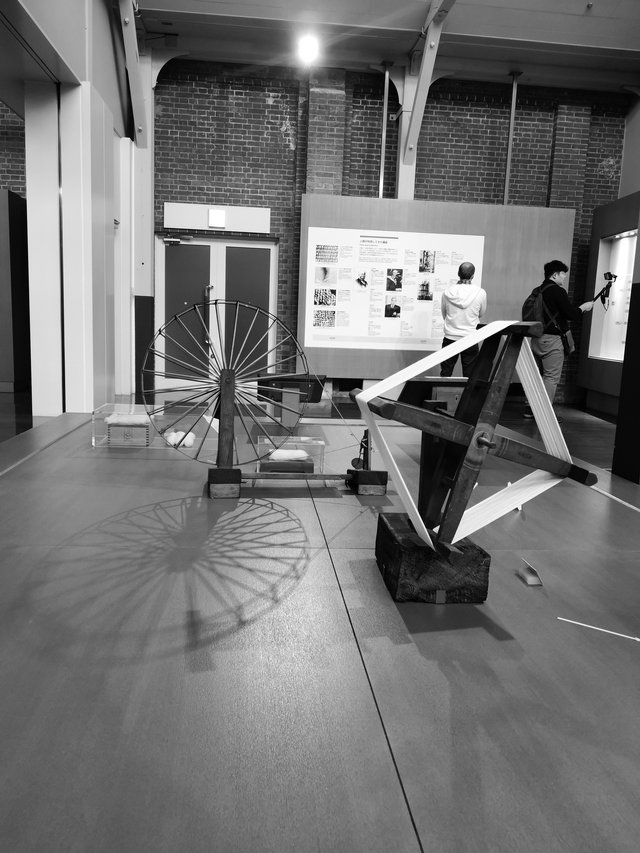
These are the traditional fabrics from Japan.
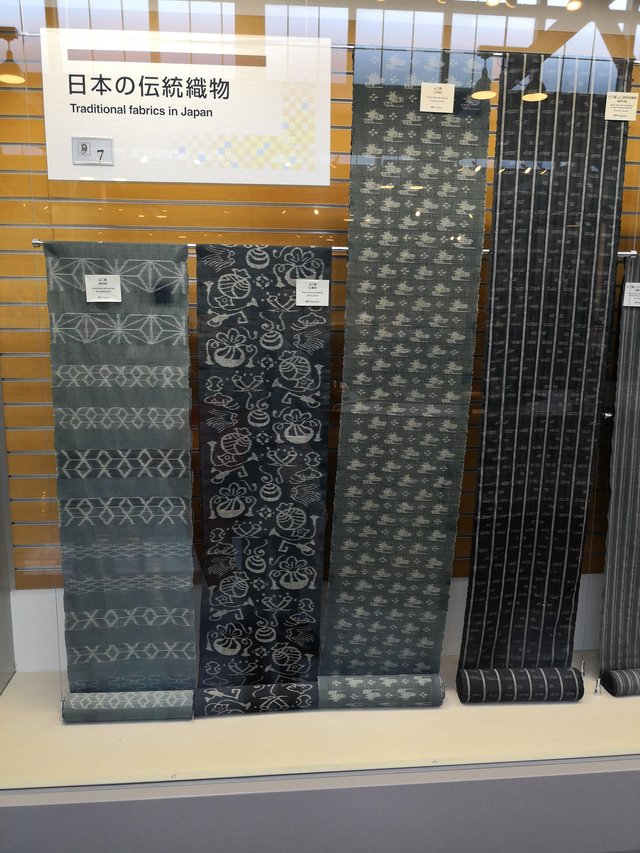
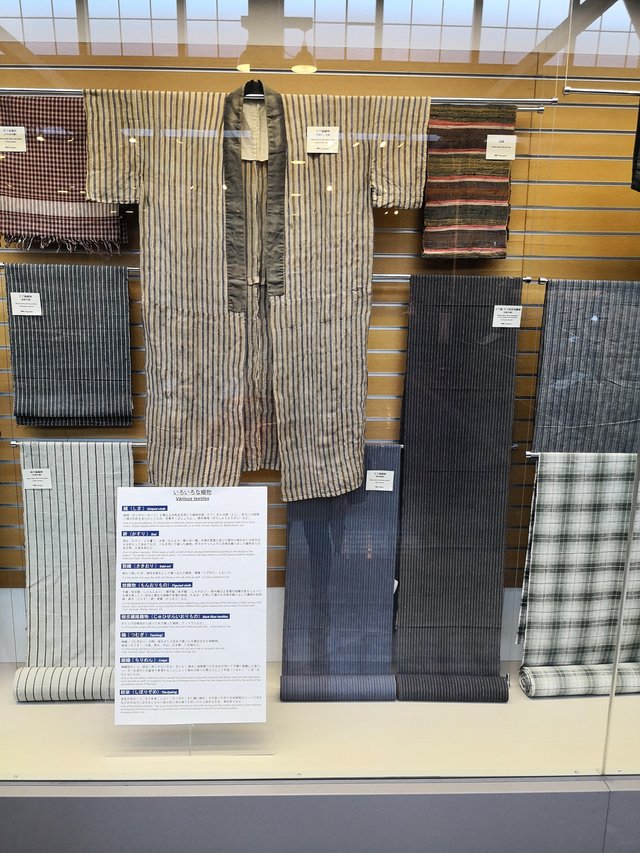
And these are from other countries around the world.
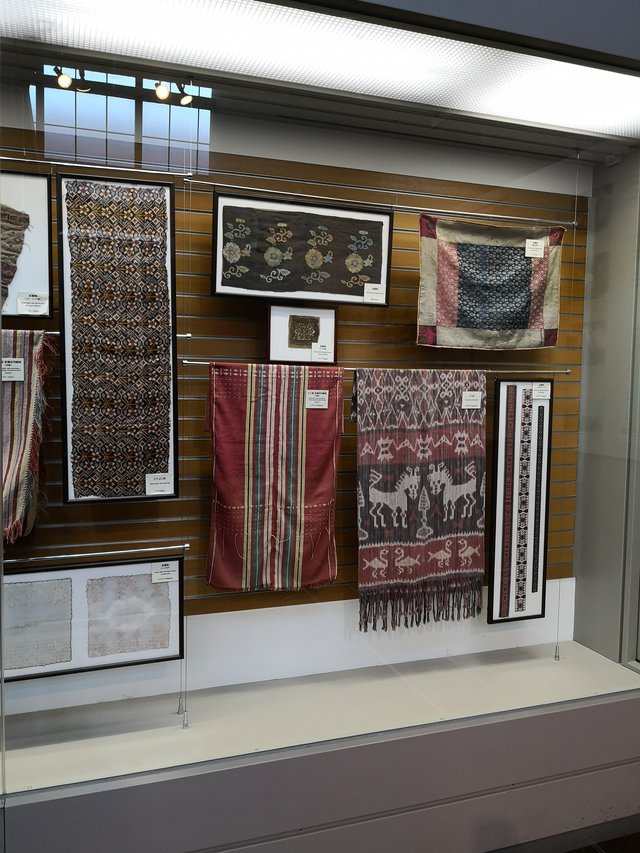
Introduce it to Rhys, the real cotton plant. Amazing experience!!
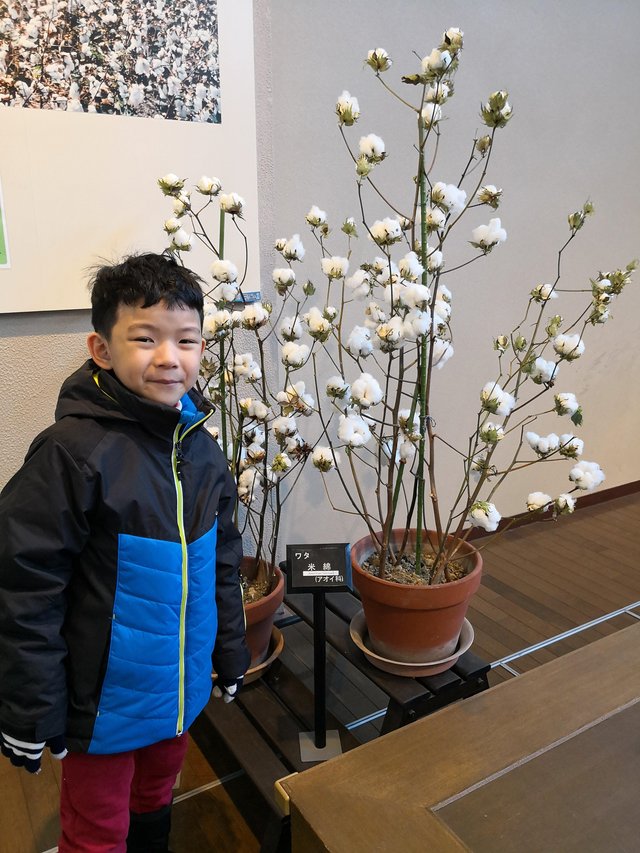
This was the first Gaun's Garabo machine invented by Tokimune Gaun in 1873 which used a unique spinning mechanism that spun yarn directly from the cotton. It won first prize in the National Exhibition of Japan in 1877.
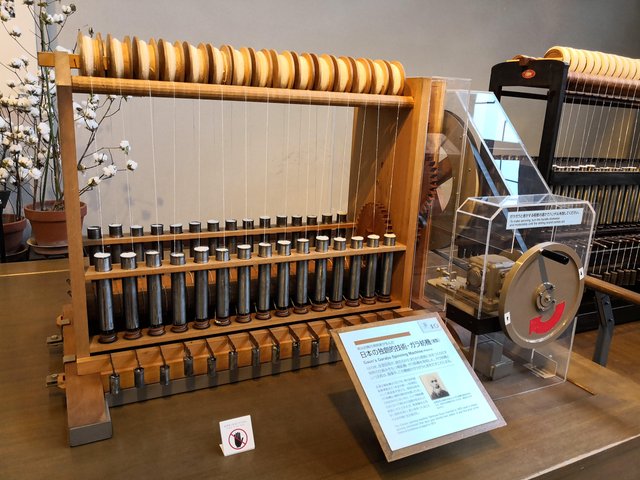
But it need to spin manually using the hand.
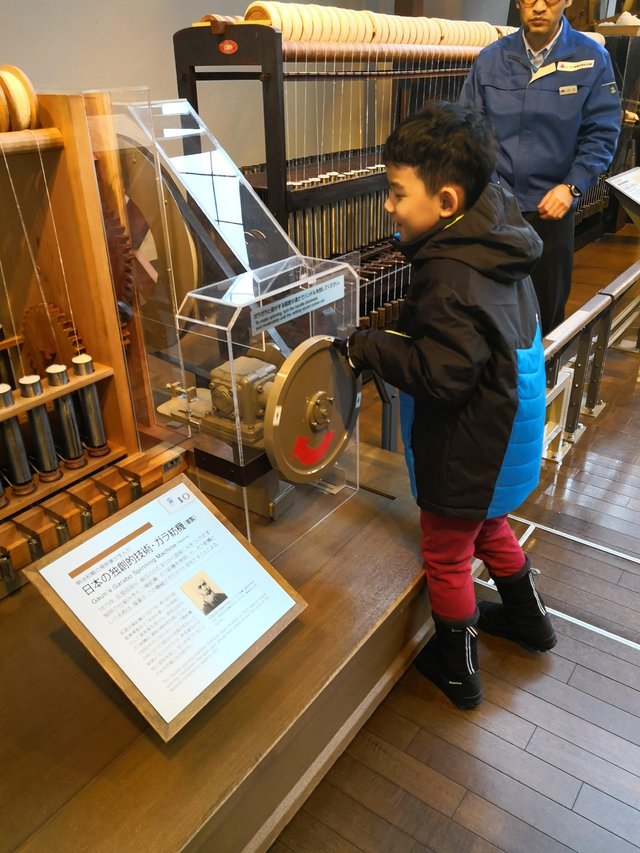
This is the Garabo throstle spinning machine, invented by Tokimune Gaun, an engineer from Shinano (present Nagano Prefecture), in 1873 was in the limelight as a spinning machine made out of Japan’s own technology and spread all over Japan. You can spin a yarn by turning the Garabo throstle spinning machine. A dynamic exhibit of one of the power-driven Garabo throstle spinning machines currently in use is also presented.
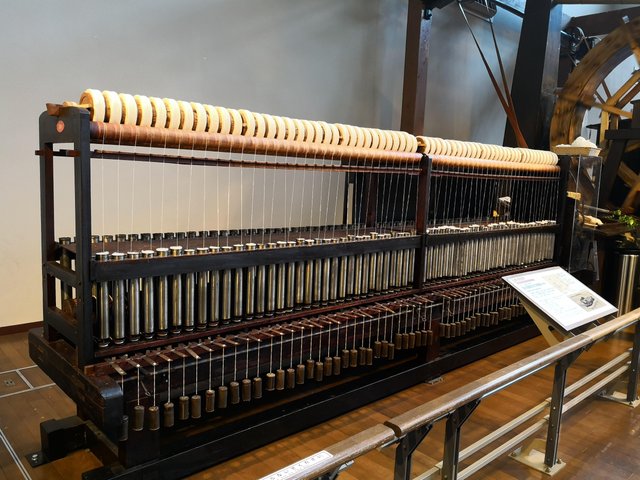
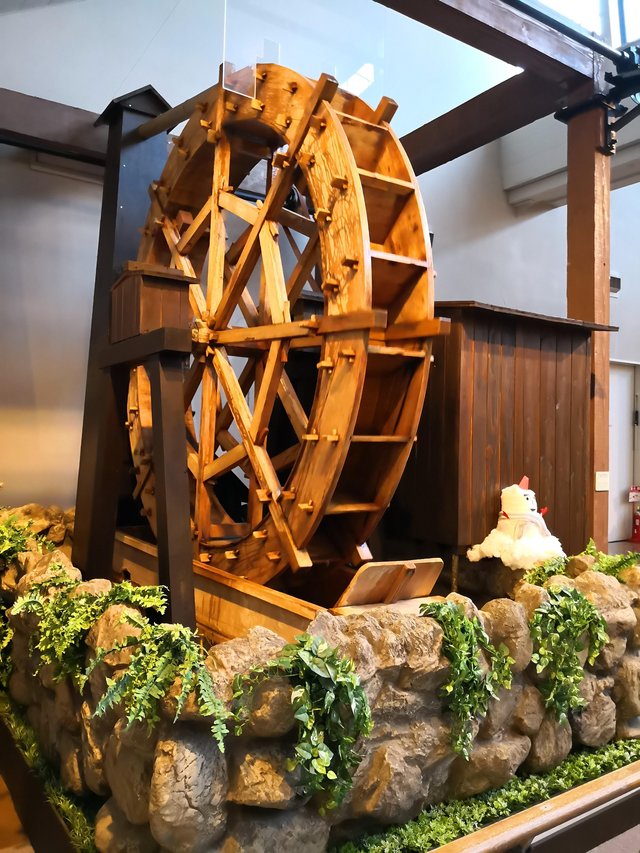
The cute little cotton snow man.

This is the raw cotton from the farm.
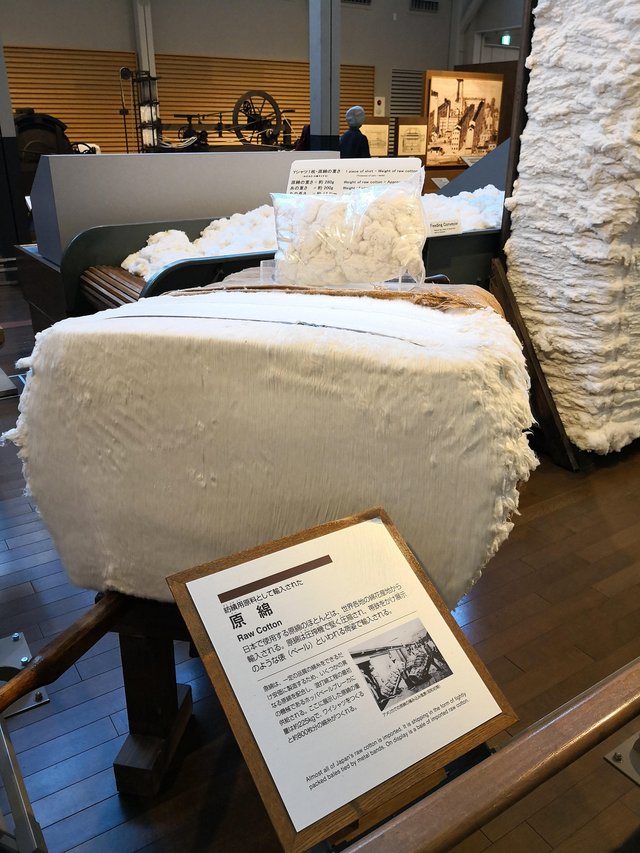
The spinning jenny is a multi-spindle spinning frame, and was one of the key developments in the industrialization of weaving during the early Industrial Revolution. It was invented in 1764 by James Hargreaves in Stanhill, Oswaldtwistle, Lancashire in England. The device reduced the amount of work needed to produce cloth, with a worker able to work eight or more spools at once.

The machine invented by Richard Arkwright.
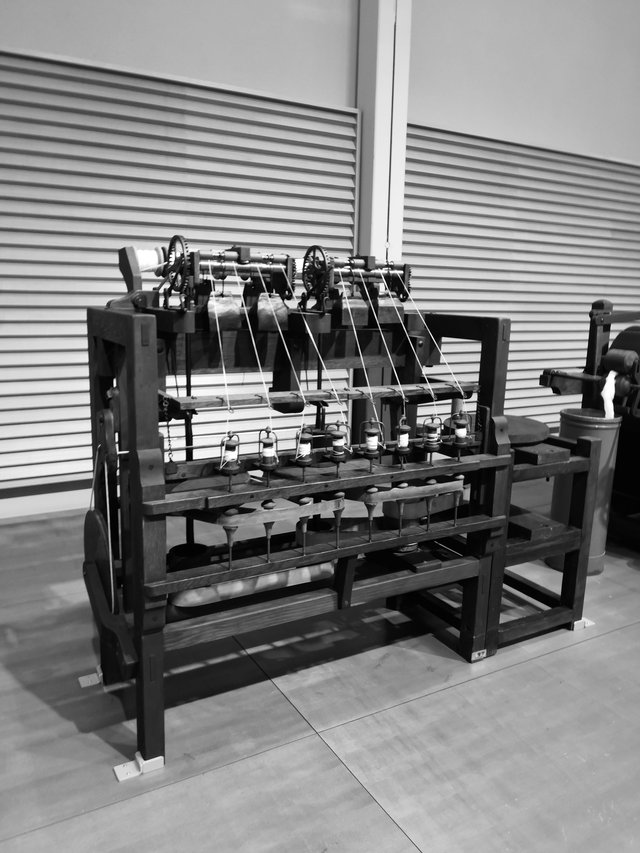
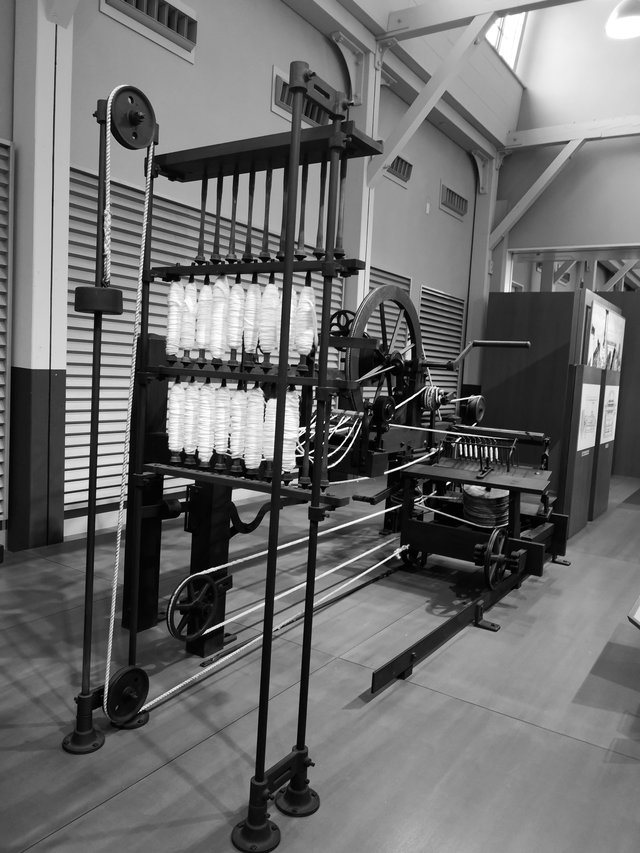
Brycen is going to find out more about the other machine.
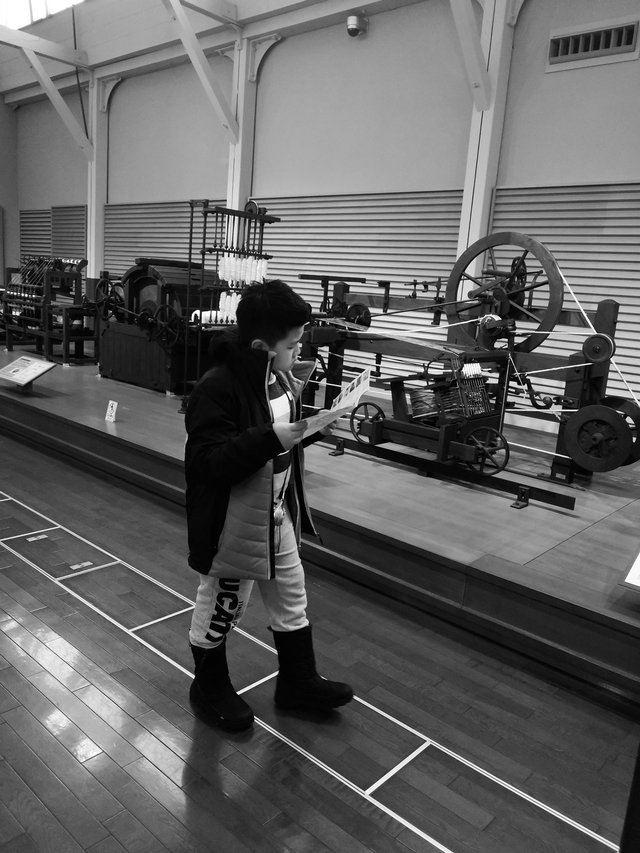
There's a lot of the machines on display and they were going to chekout all the machines. Some of the machine they even can try to see how it works by pushing a button provided.
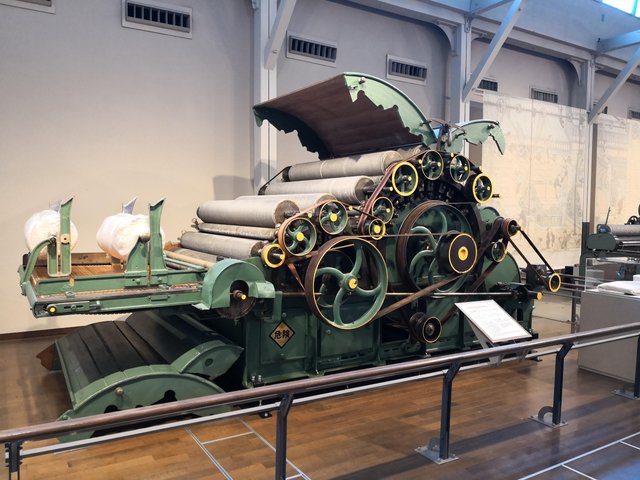
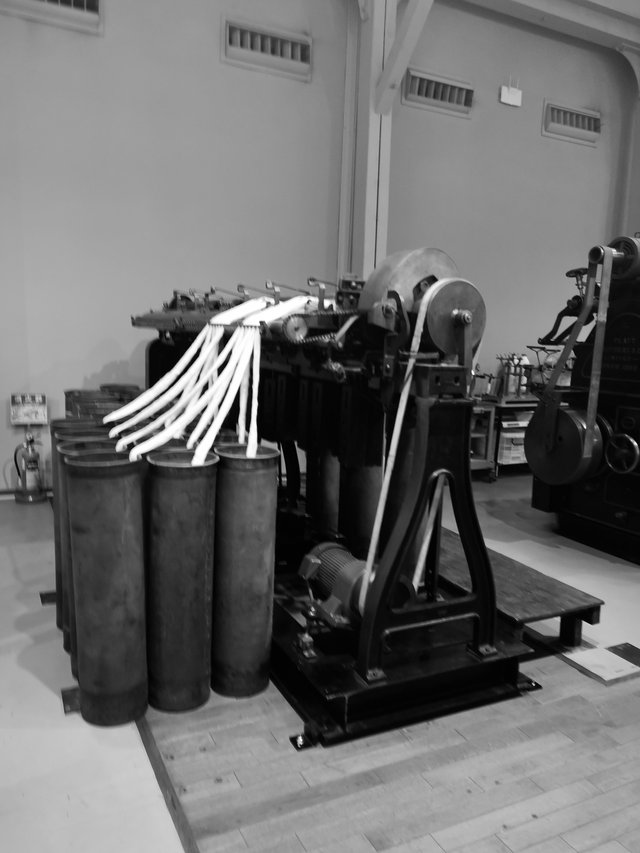
The machine they invent just getting bigger and bigger also faster and faster....
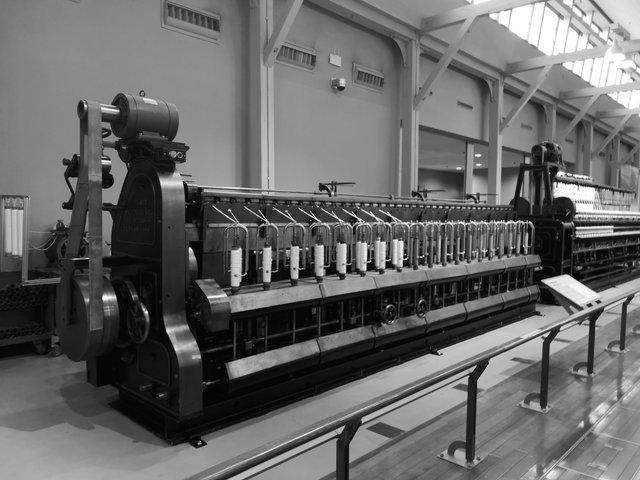
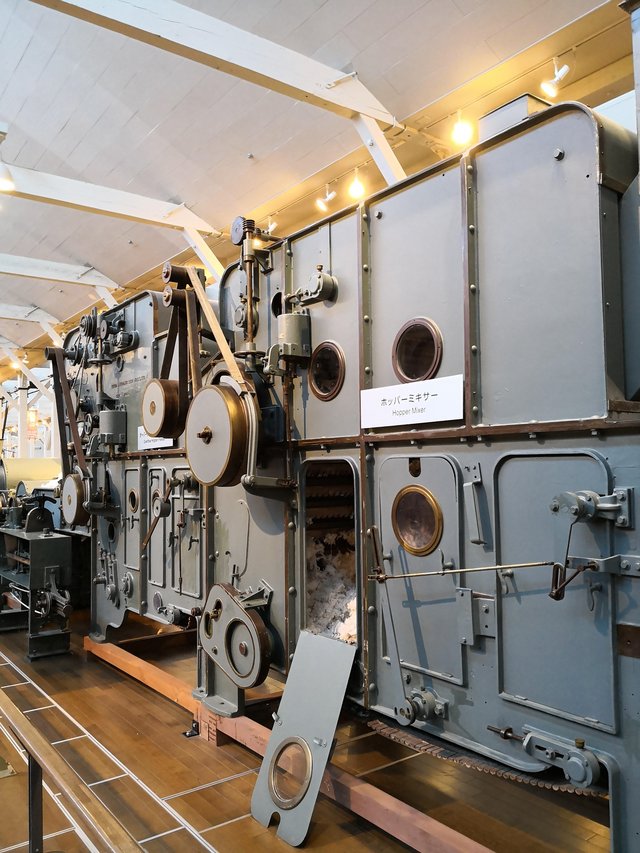
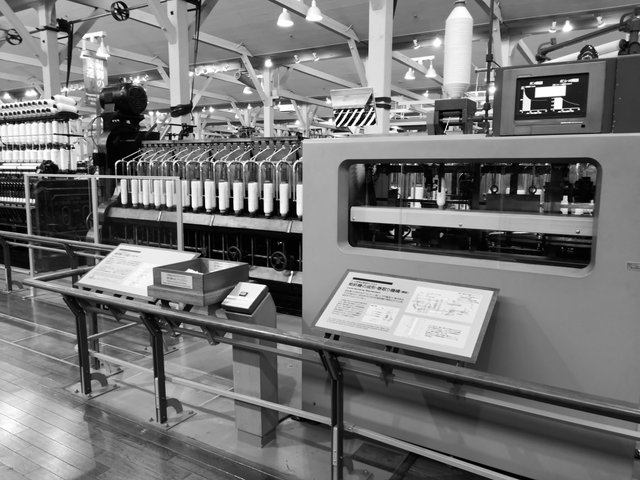
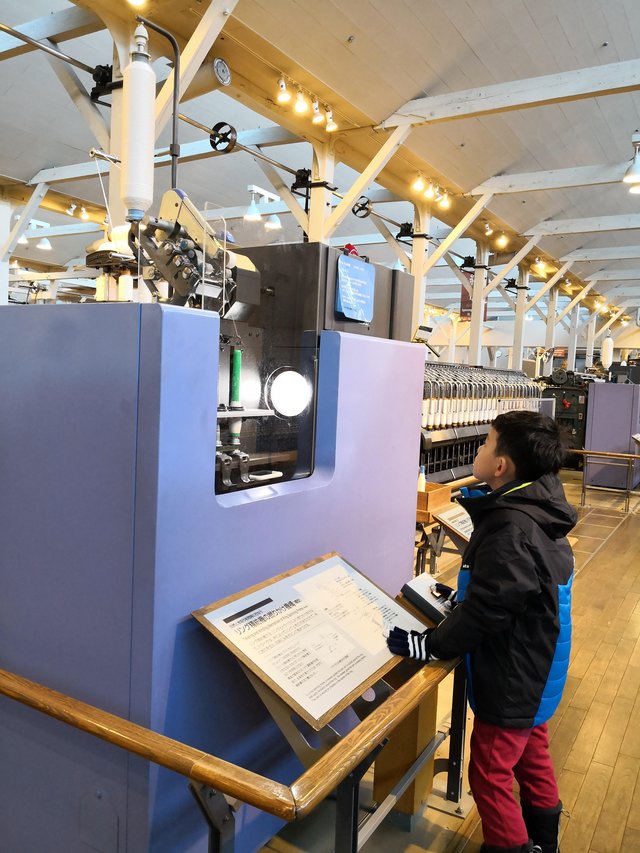
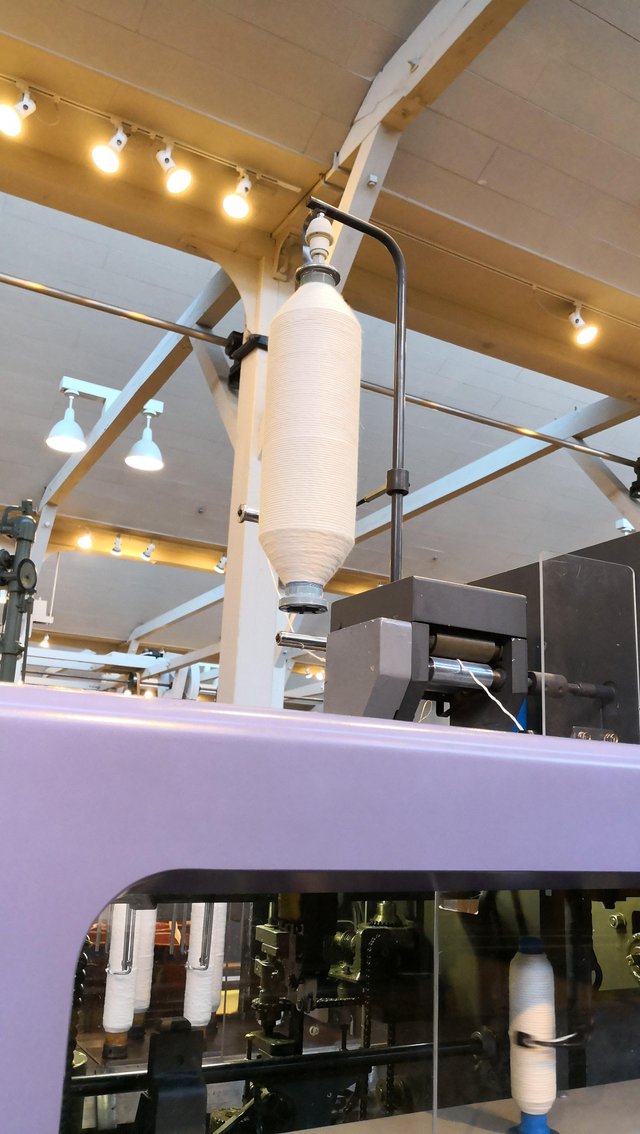
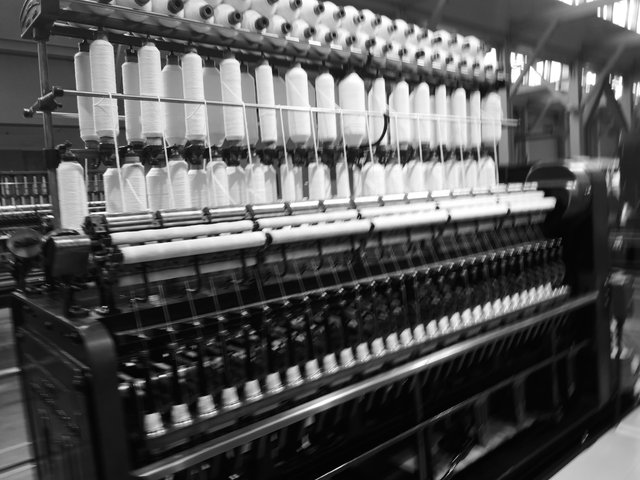
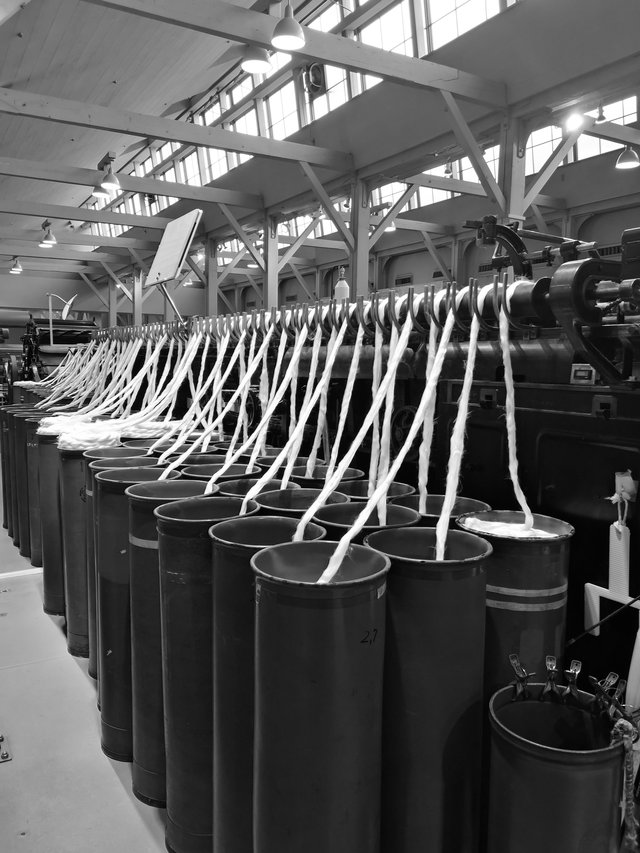
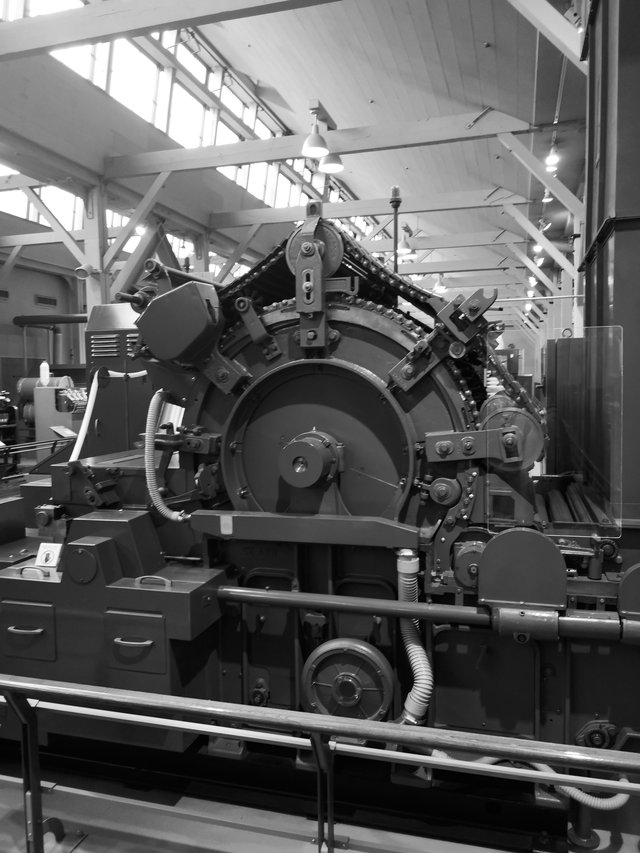
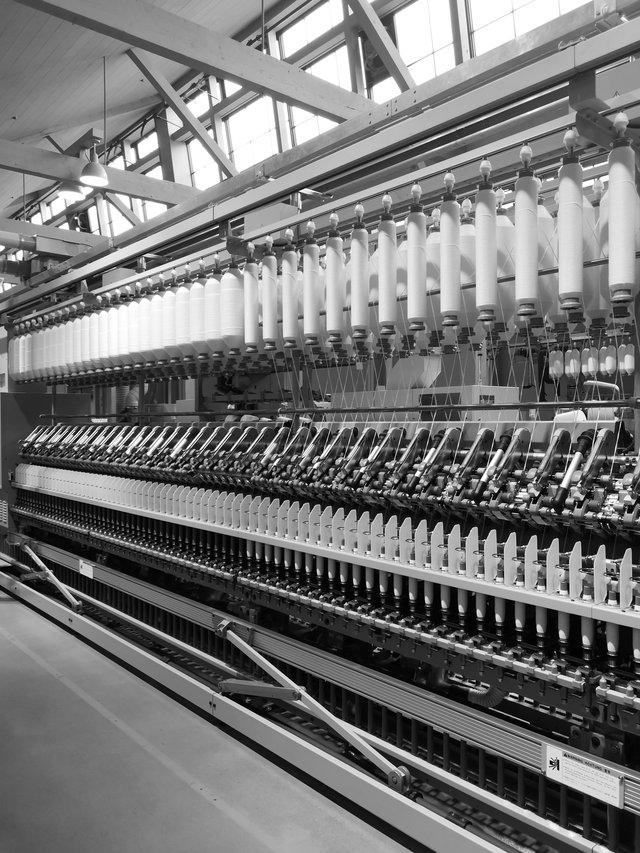
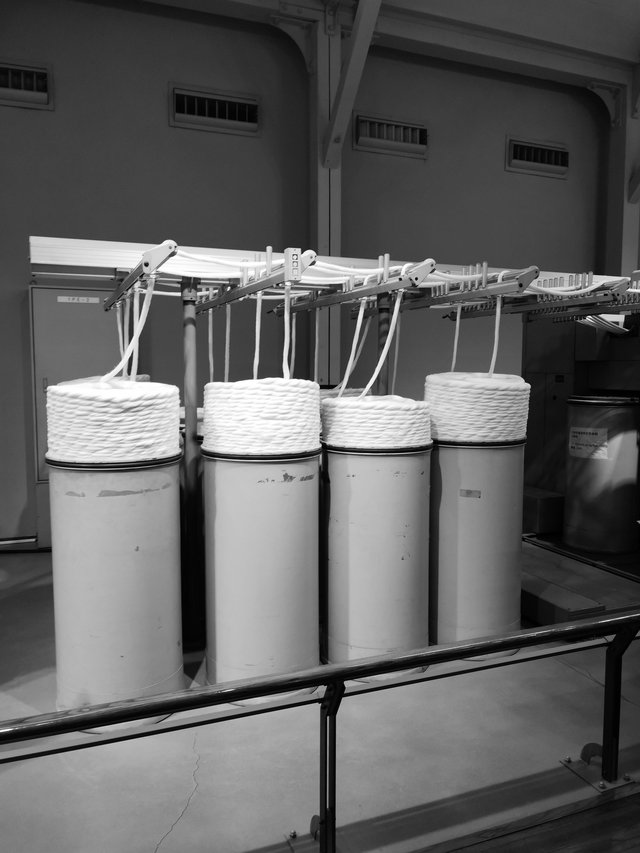
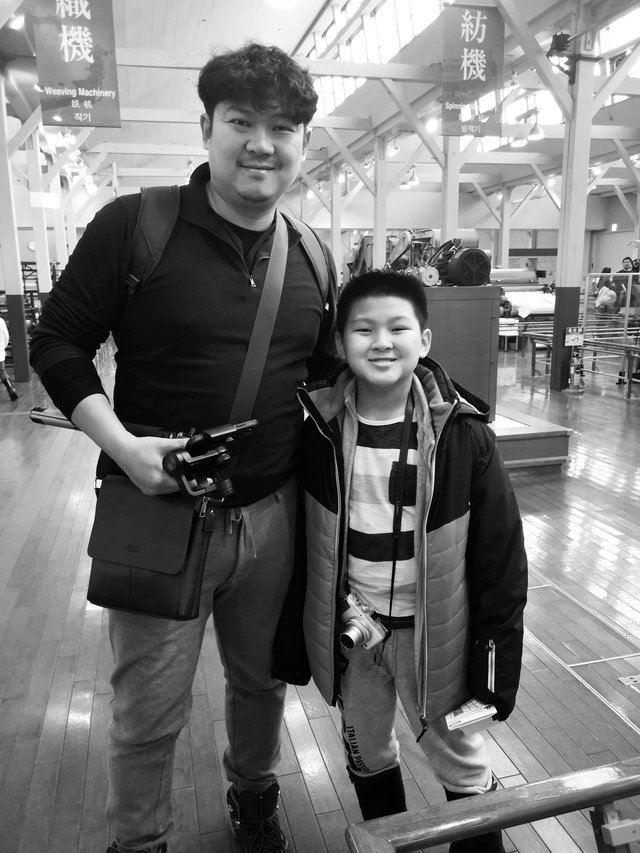
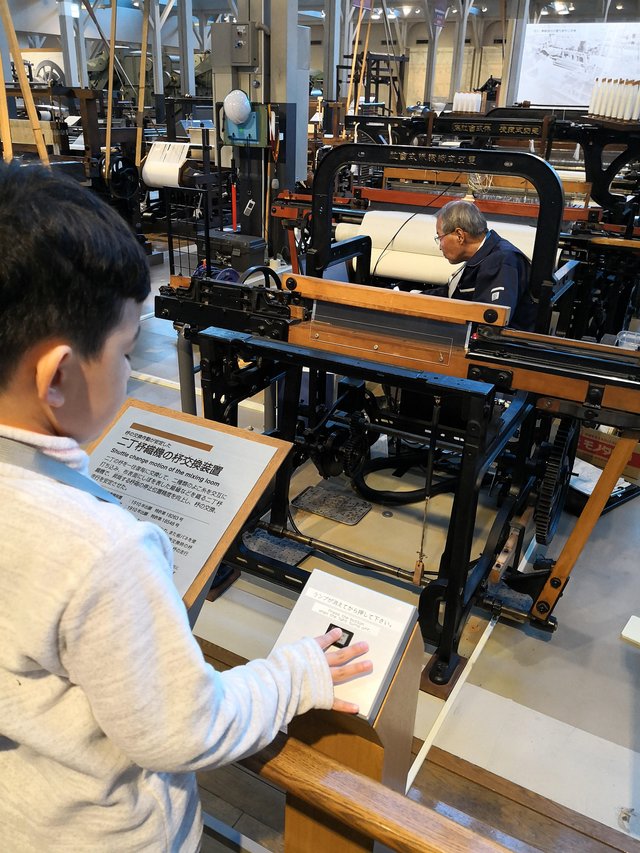
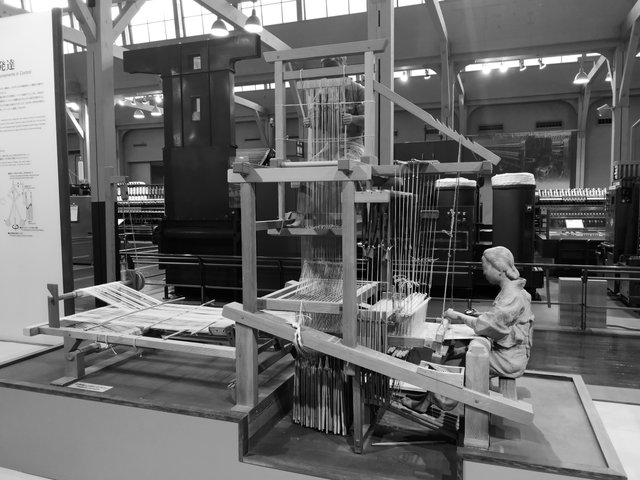
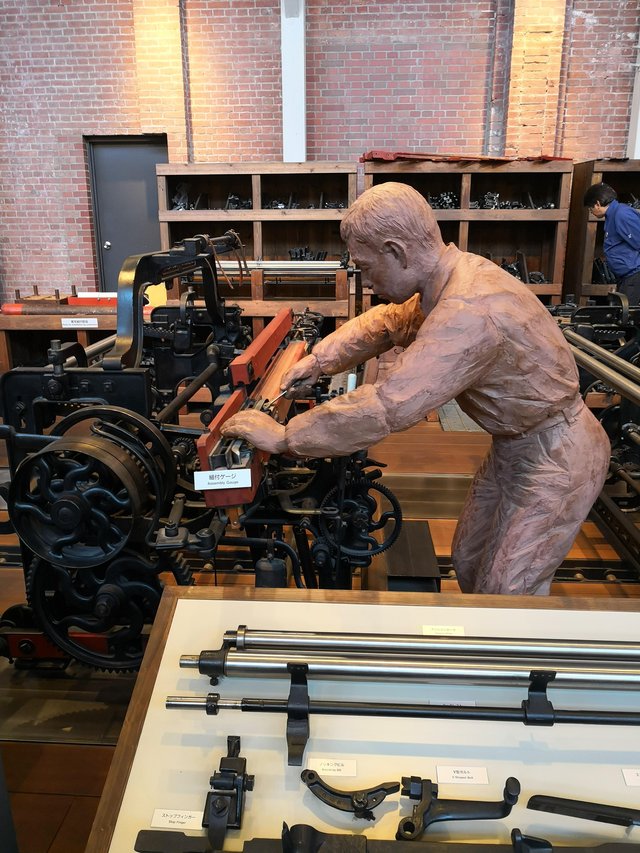
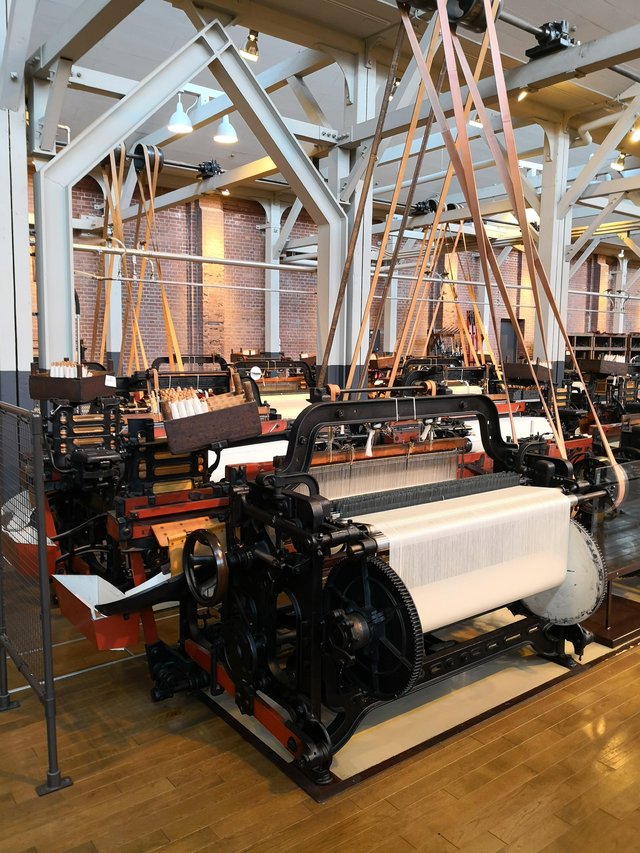
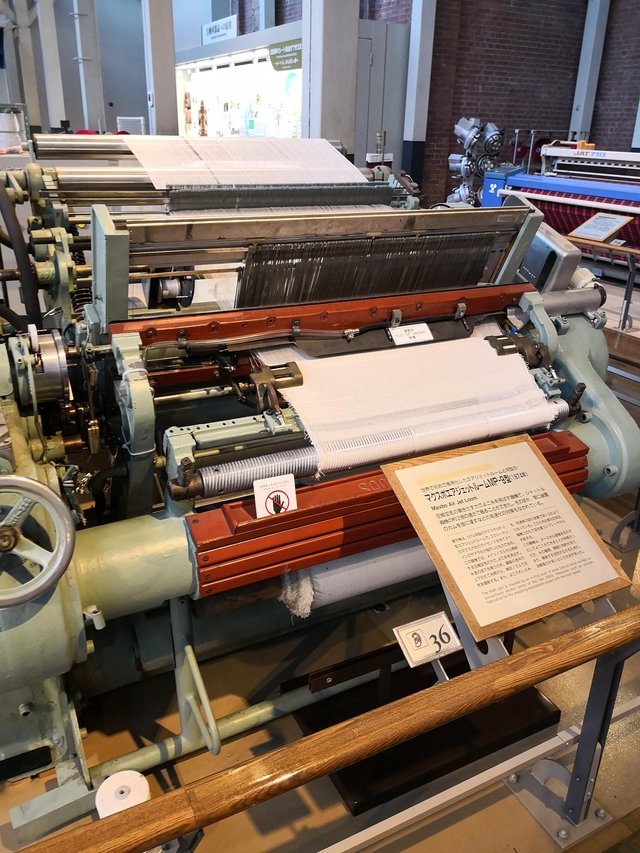
This is the machine with can produce the fabric with different patterns.
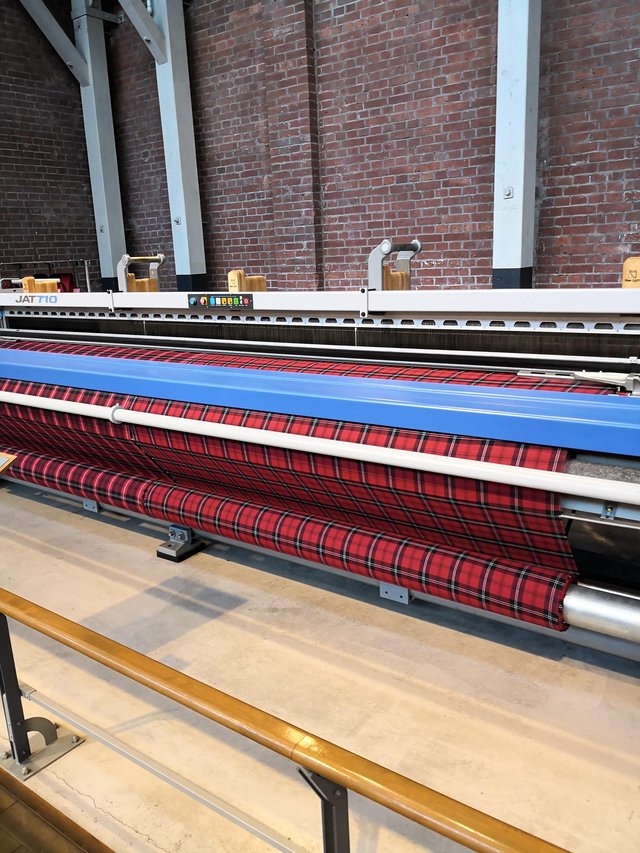
This is the super machines which can produces thousands of towels in one day.
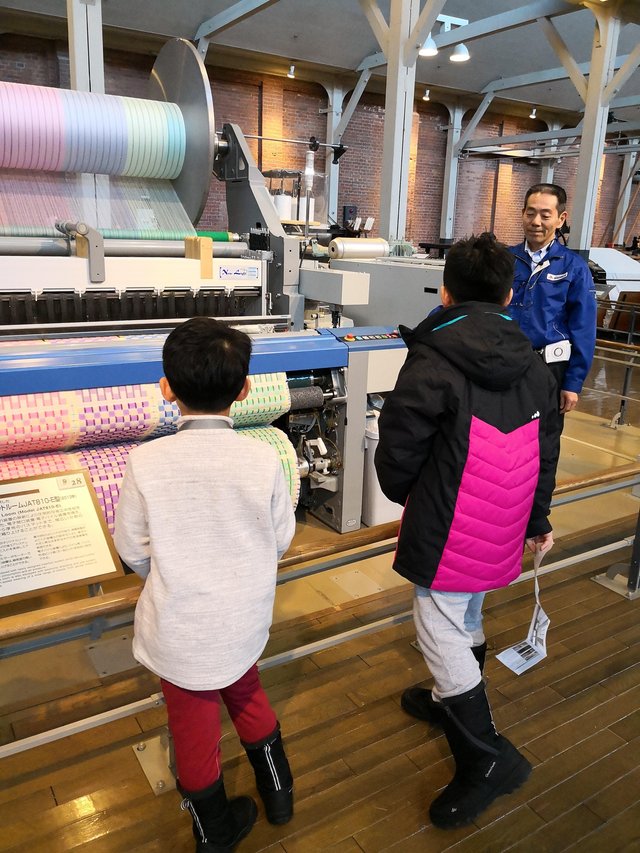
They gave us one for each of us.
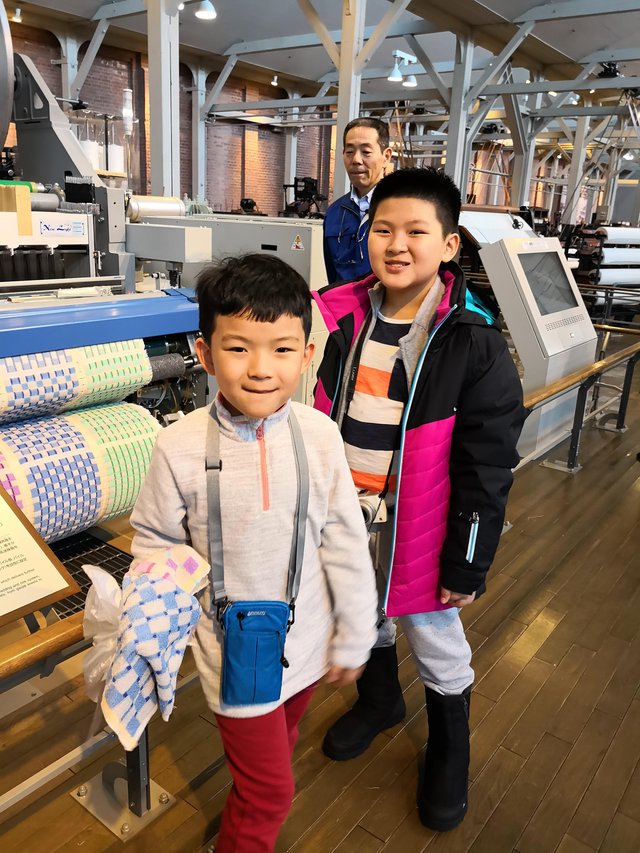
The car seat was divided into so many parts. And this is really amazing. The Japanese really want everything to be the best.
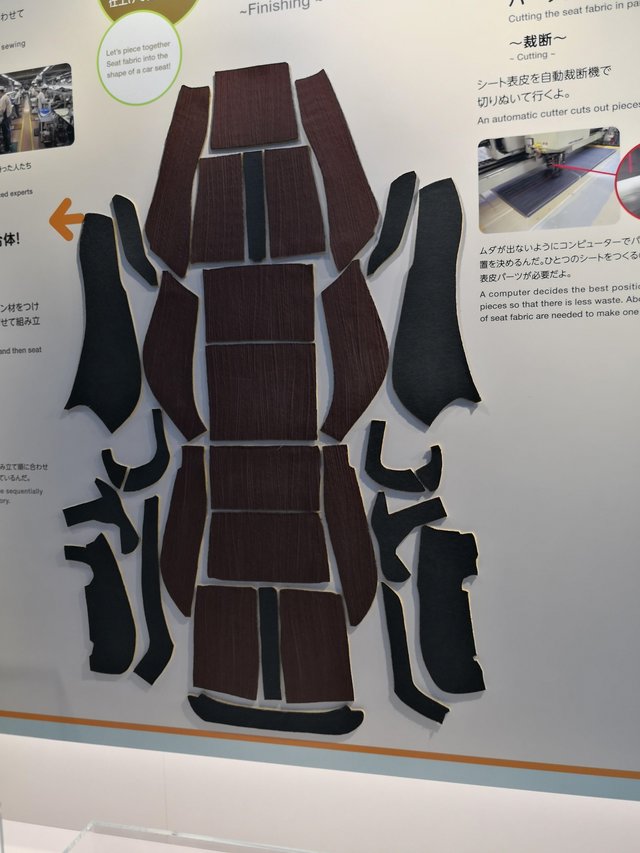
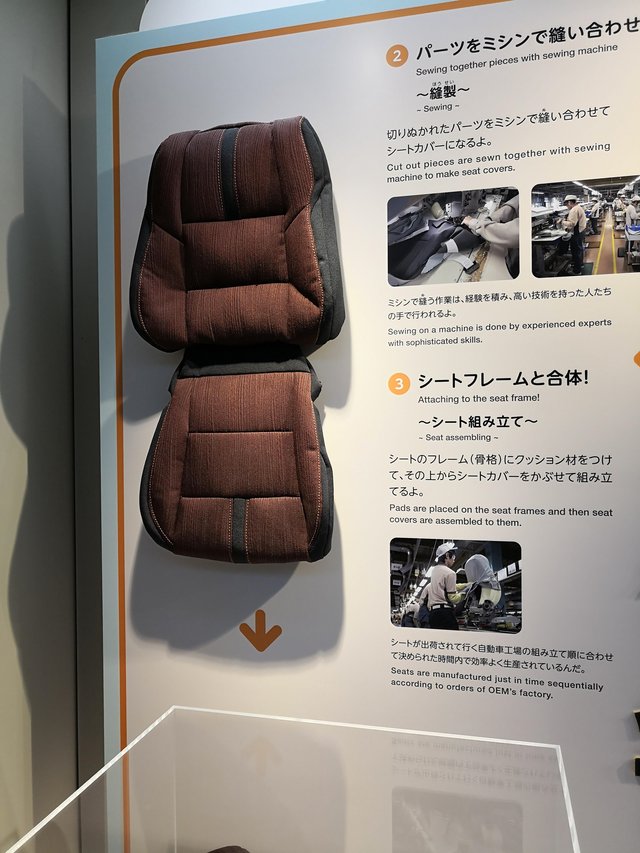
This is the machine that can print out whatever images that you want.
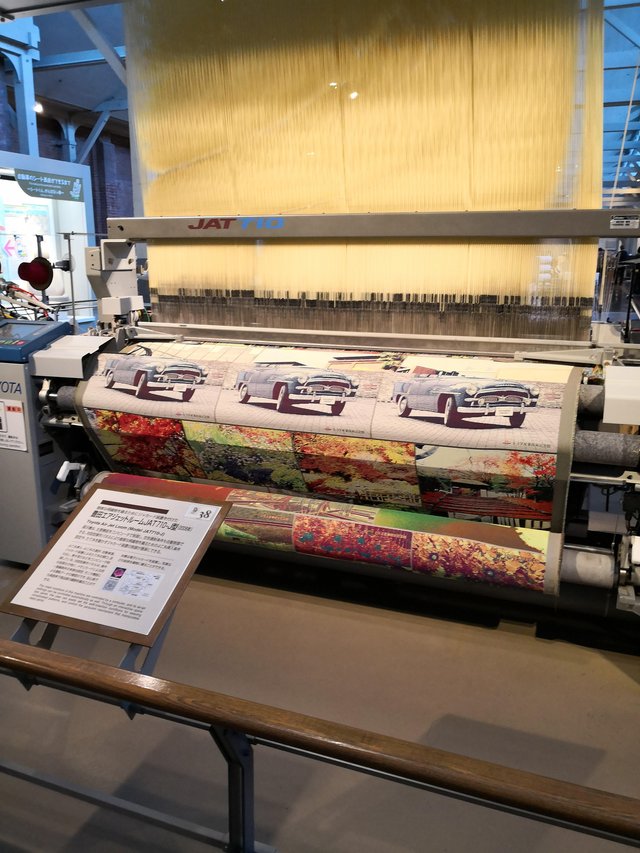
They even have a machine specially to make the airbags for the car.
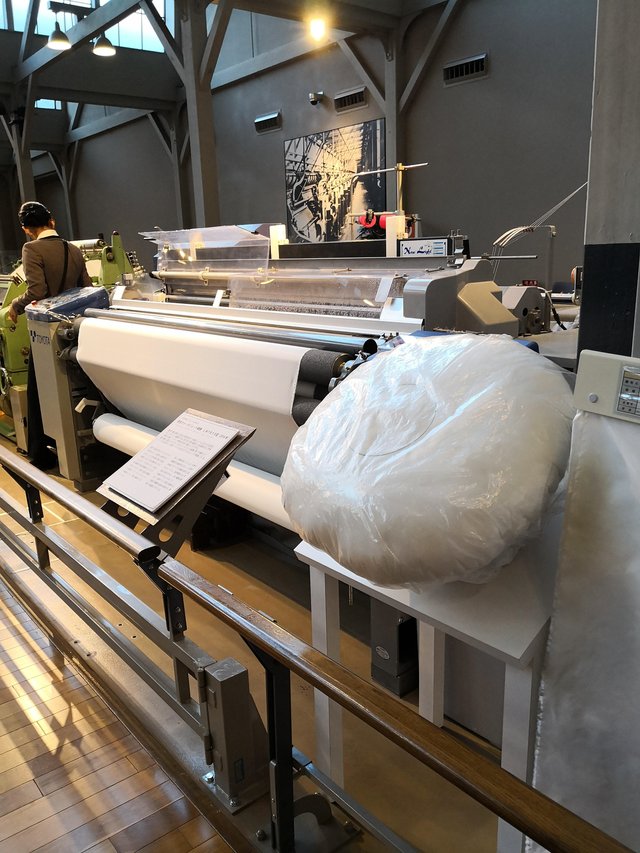
This fabric the humidifier in the process.
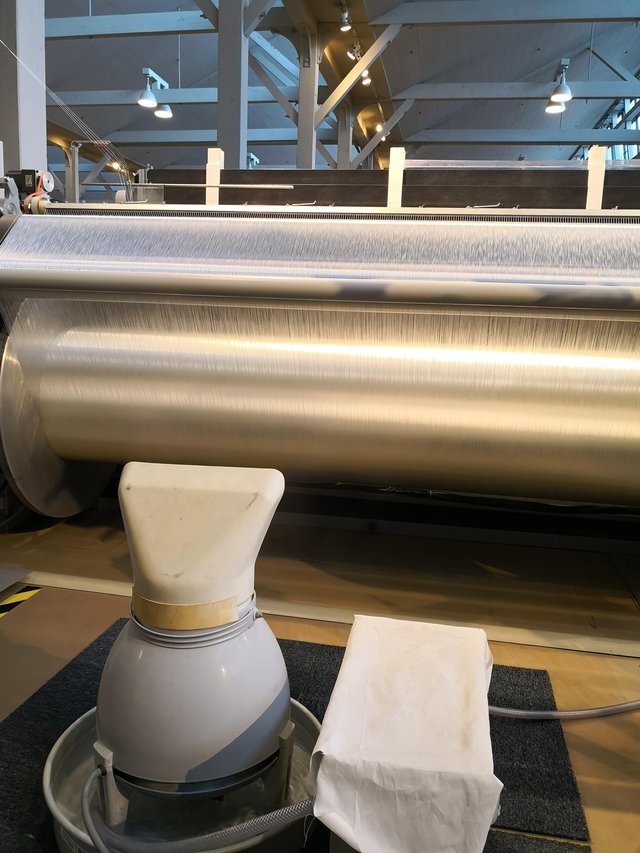
These are the tools using for casting.
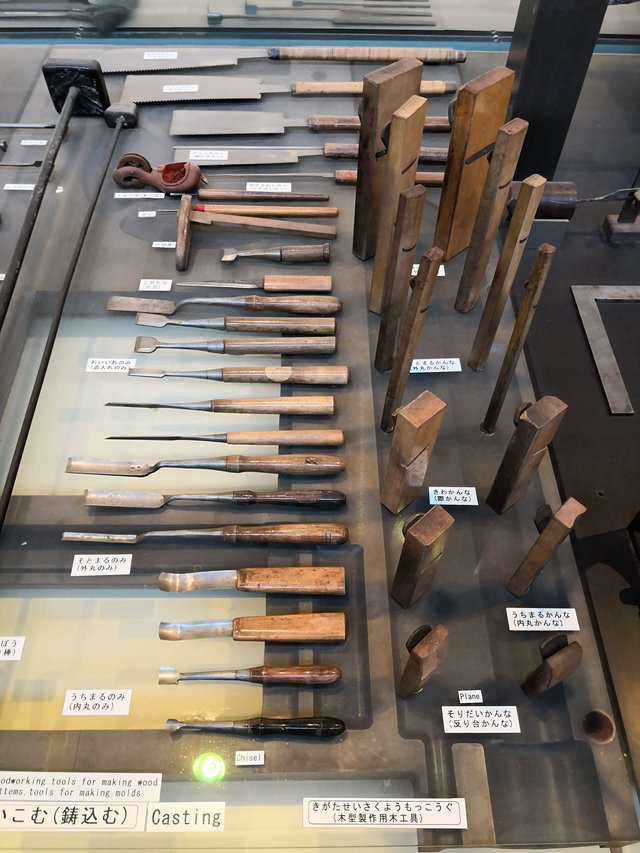
I liked the cloth part.
Its a very interesting and important part of the Japan's history.
Congratulations to the winners great Christmas presents from @good-karma merry Christmas 2018
Thanks
This is a good, informative post @dolphinstudios. As one of the editors for @steemitworldmap’s daily #traveldigest, I would love to see this post pop up on http://steemitworldmap.com. If you're interested, simply go to the website, search for your location, click on code (down the bottom) and add a short description. It will then generate the code you need to copy and paste into your post (not the comments) to have it show up on steemit worldmap. There’s also a FAQ section if you get a bit lost.
You can find out about the project here:
https://steemit.com/travel/@steemitworldmap/steemit-worldmap
Thanks
Richard Arkwright i believe was from around where i live here in derby, and i think he stole the idea from the italians... funny how these things happen to land in different places in the world.
Yeah... I read about it online too. But they are not afford for the pattern application stuffs. That's what happen...
I would love to visit this museum someday.
You took lots of lovely photos!
It was a great meseum. The textile part is very interesting... Learn a lot from there.
its great that you go on a school trip to museum. You get to learn a lot from it and thx for sharing it with us
Yeah... I have to do it as it's a part for our homeschool.
Congratulations @dolphinstudios! You have completed some achievement on Steemit and have been rewarded with new badge(s) :
Click on any badge to view your own Board of Honor on SteemitBoard.
For more information about SteemitBoard, click here
If you no longer want to receive notifications, reply to this comment with the word
STOP